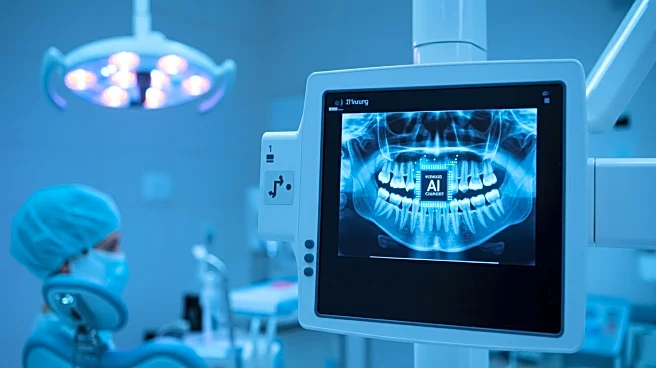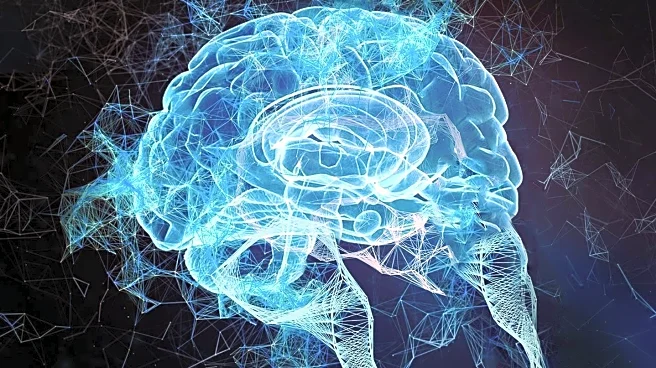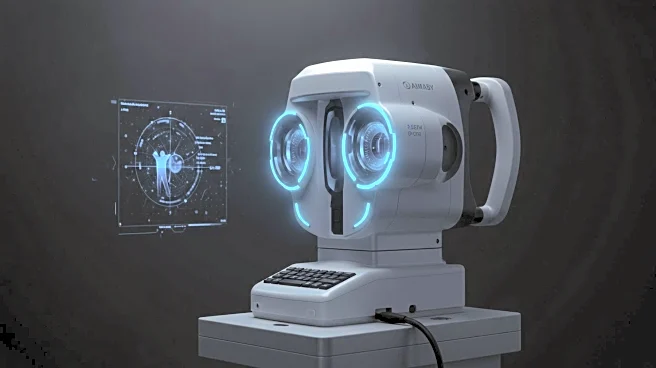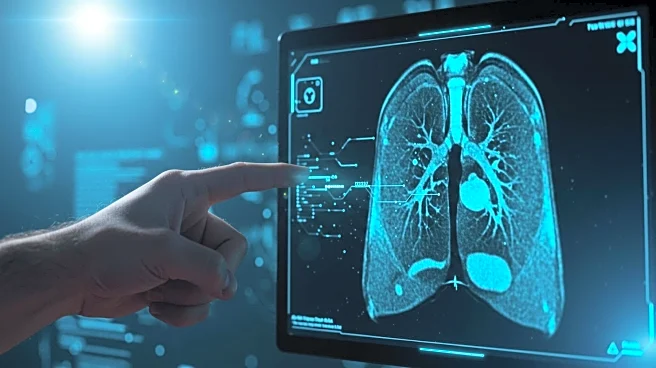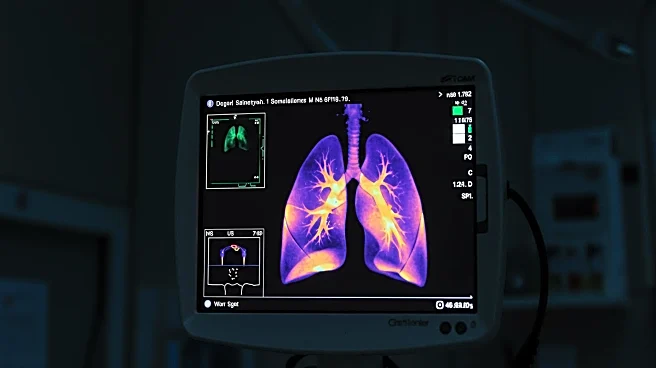Rapid Read • 8 min read
A recent study conducted at Necmettin Erbakan University has utilized artificial intelligence (AI) to improve the identification of condensing osteitis and idiopathic osteosclerosis on panoramic radiographs. The research employed advanced deep learning algorithms, specifically YOLOv8 and YOLOv11, to enhance the accuracy and speed of object detection in medical imaging. The study involved a dataset of 1,000 anonymized panoramic radiographs, which were meticulously annotated by experienced radiologists. The AI models demonstrated high precision and recall rates, indicating their effectiveness in diagnosing these dental conditions. The study adhered to ethical guidelines and employed rigorous data preprocessing and augmentation techniques to ensure the reliability of the AI models.
AD
The integration of AI in dental radiography represents a significant advancement in medical imaging, offering improved diagnostic accuracy and efficiency. This development has the potential to enhance patient care by enabling quicker and more accurate detection of dental conditions, reducing the likelihood of misdiagnosis. The use of AI in this field could lead to more personalized treatment plans and better outcomes for patients. Additionally, the success of AI models in this study may encourage further research and application of AI technologies in other areas of healthcare, potentially revolutionizing diagnostic processes across various medical disciplines.
The promising results of this study suggest that AI-assisted diagnostic tools could become more prevalent in dental practices, potentially leading to widespread adoption in clinical settings. Future research may focus on refining these AI models to improve their accuracy further and expand their application to other dental conditions. Additionally, there may be efforts to integrate AI technologies into existing healthcare systems, requiring collaboration between technology developers, healthcare providers, and regulatory bodies to ensure safe and effective implementation.
The use of AI in medical imaging raises important ethical and legal considerations, particularly regarding patient privacy and data security. As AI technologies become more integrated into healthcare, there will be a need to establish clear guidelines and regulations to protect patient information and ensure ethical use of AI. Furthermore, the reliance on AI for diagnostic purposes may necessitate changes in medical education and training, as healthcare professionals will need to understand and interpret AI-generated data effectively.
AD
More Stories You Might Enjoy
